Elegant and sustainable, old-mine and European cuts are experiencing a revival.
While old mine-cut diamonds rode a wave of popularity from 1800 to 1905, European-cut stones peaked between 1905 and 1940. Both cuts were initially manufactured from stones originating in the mines of India and Brazil, with the discovery of South African diamond mines in the 1860s resulting in an increased supply of diamonds.
“Diamond crystals were used by the ancient Etruscans/Romans in rings using a rough unpolished octahedron diamond. These diamonds most probably came from India (alluvial, not mined). Before South Africa became a major source of diamonds, the only known sources were India and Brazil,” explains Ross Nacht, director of sales and brand development at Bernard Nacht & Company/Under the Crown.
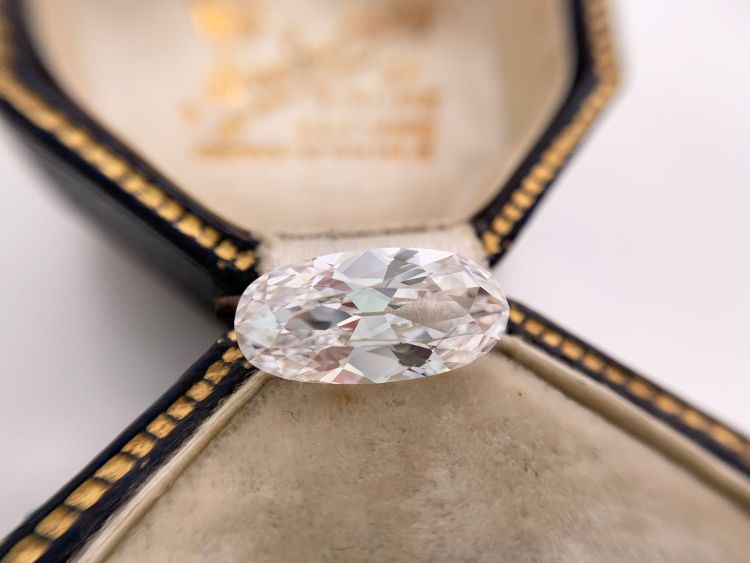
Powering on
The antique old mine-cut diamonds maximize the weight from the rough material, resulting in asymmetrical and one-of-a-kind shapes. The beauty of these diamonds stems from their small tables, high crown angles, larger depths, short star facets, and open culets.
“The old mine cuts from 100-plus years ago were cut by manual power, not electric,” notes Nacht. “The diamond wheel revolution speed was slower (today they use electricity and motors) and the diamond wheel was not as fine as today. The results are the facets are not as sharp, in comparison to stones cut today. In addition, facet junctions were not as precise as today.”
During the Edwardian and Art Deco eras, the availability of electricity resulted in the advancement of technology and the use of machinery. European-cut diamonds were more symmetrical and rounder than an old mine-cut diamond with the help of bruting machines, and using electric light, the cutters were able to lower girdle facets to give more life to the diamonds.
European cuts are similar to old-mine cuts, but have a rounder shape, a slightly large table, and elongated facets. The predecessor to the round brilliant, European-cut diamonds exude elegance.
“There is no distinct cutting pattern for either an Old mine or European cut. It was up to the cutter (and/or owner) to make sure that there was little waste of material when polishing from the rough crystal. There were also no parameters for a specific table, depth, culet, pavilion, etc. Most of the time, naturals and indented naturals were left with the finished product without a fault of the cutter,” explains Nacht.
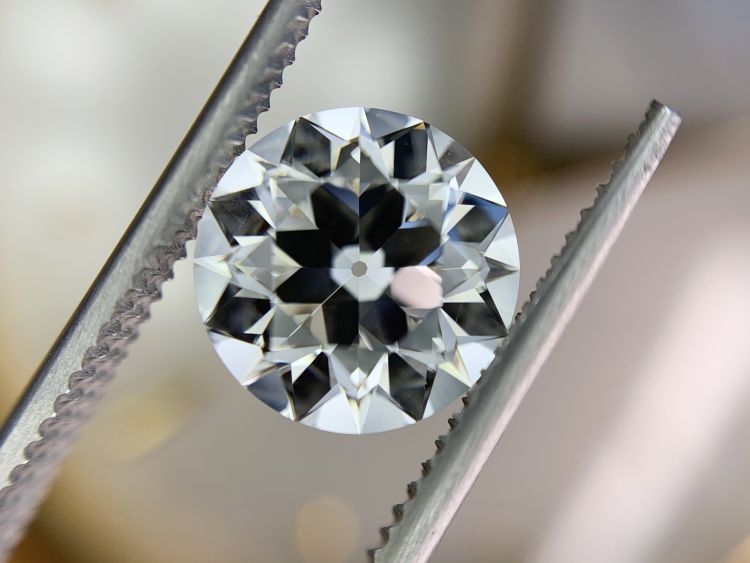
Ethical sourcing
Their distinct shimmer and sustainable credentials make these old cuts popular with designers and consumers.
“There is a trend for diamonds not only to be ethically sourced (not newly cut from rough), as well as post-consumer (diamonds that have previously been sold to consumers and then purchased back by the trade),” says Nacht. “If a designer or customer wants an antique stone that is ‘round’ in shape, they would be interested in old European-cut diamonds. On the other hand, if the designer or customer is interested in a more cushion-shaped stone, then they will love an old mine-cut diamond.”
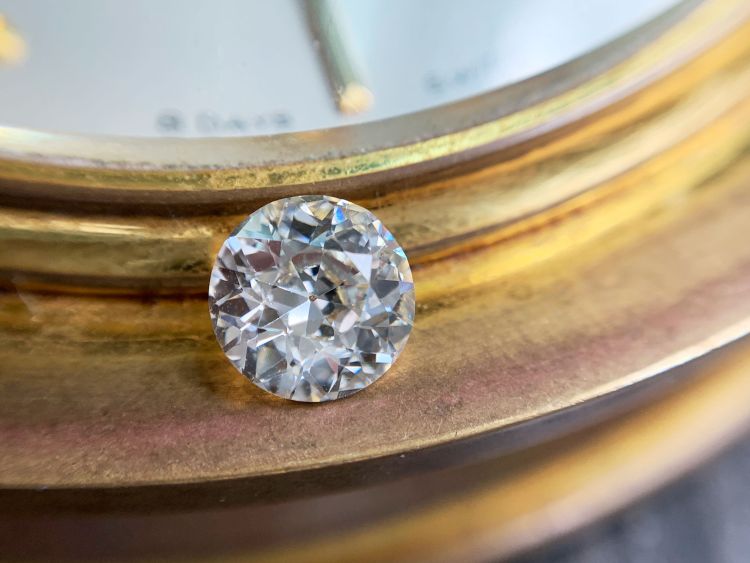
Main image: A pear shape, 3.40-carat, old mine diamond. Photo: Bernard Nacht & Company/Under the Crown.

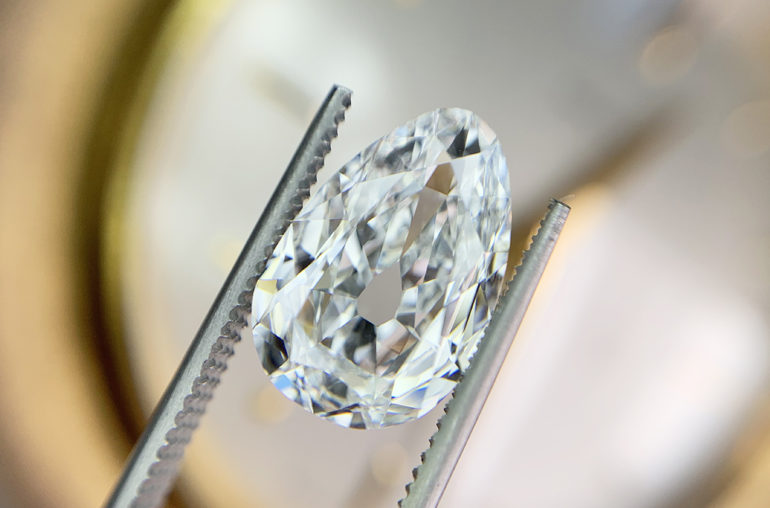
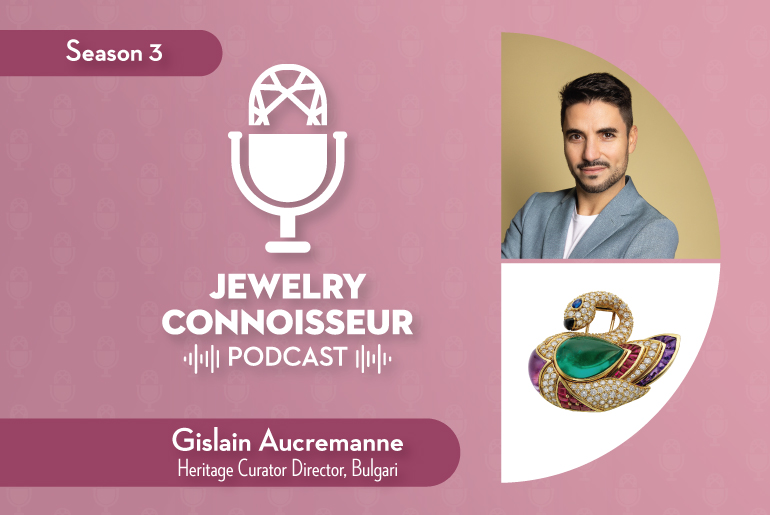
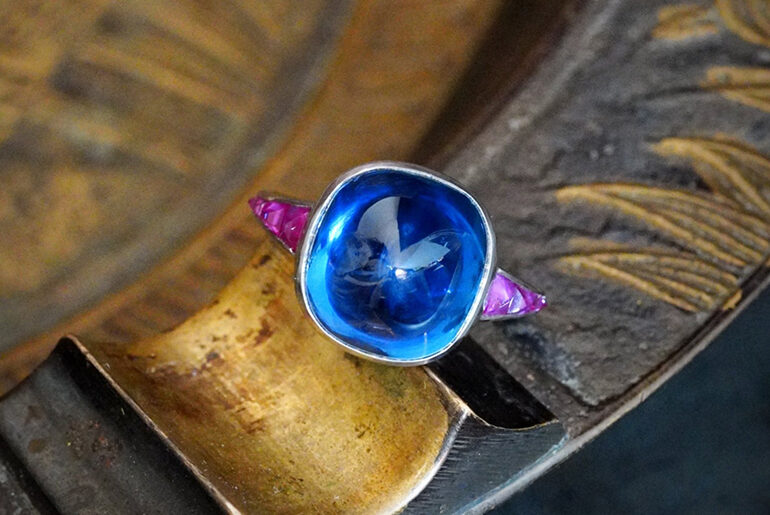
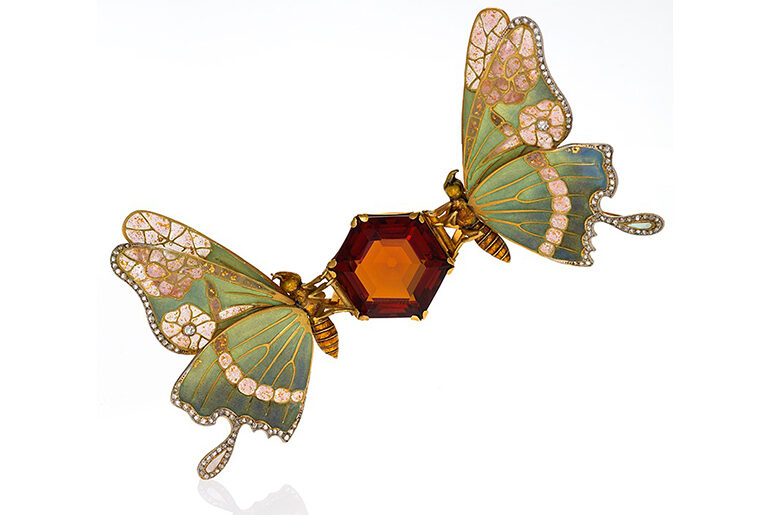
4 Comments
Very useful vedio and information about diamomd
Those are yours alright! . We at least need to get these people stealing images to start blogging! They probably just did a image search and grabbed them. They look good though!
Interesting Read!
It’s onerous to find educated individuals on this subject, but you sound like you know what you’re talking about! Thanks